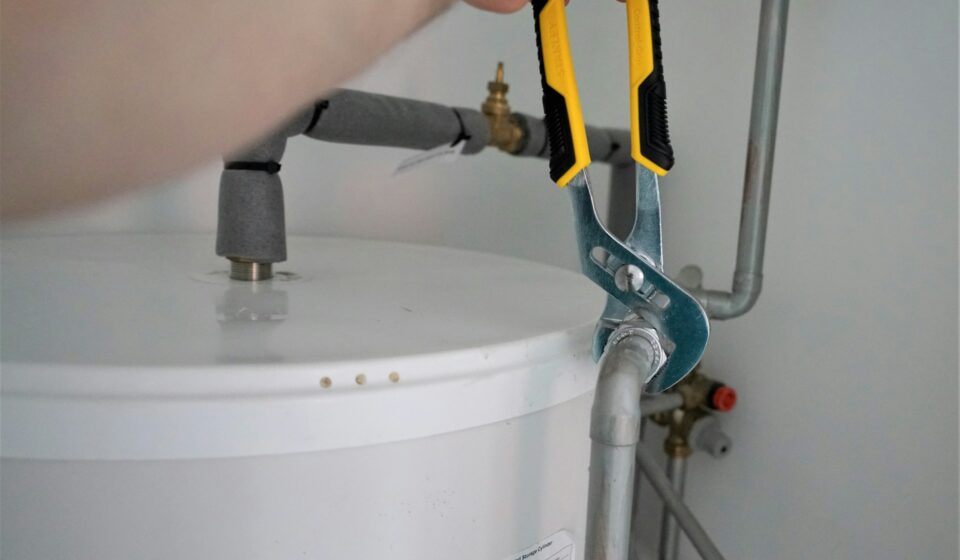
How Tech Is Fixing Pipes From the Inside Out
Pipe repair used to mean digging up your yard. Technicians had to excavate large trenches to fix damaged sections, a process that was messy, expensive, and incredibly disruptive. Fortunately, the industry has changed. Thanks to technological innovation, professionals can now diagnose and fix pipes from the inside out.
Table Of Content
Modern methods are faster, less invasive, and more precise. With tools like high-definition cameras and sophisticated robots, we’ve revolutionized pipe maintenance. This guide explores the key technologies driving this change and how they make pipe repair more efficient.
The Power of Seeing: Video Inspection in Pipe Repair
Before starting any repair, technicians need to see the problem clearly. This is where video inspection comes in. By sending specialized cameras into the pipeline, professionals get a real-time view of the pipe’s interior without any digging.
How Video Scopes Work
High-resolution, waterproof cameras are attached to flexible rods or robotic crawlers that travel through the pipe system. These cameras send a live feed to a monitor, allowing technicians to assess the exact condition of the pipes and identify a wide range of issues with incredible accuracy.
Common Problems Identified
With this technology, technicians can pinpoint issues such as:
- Cracks and Fractures: Small fissures that could lead to leaks or a burst water main.
- Blockages: Buildups of grease, debris, or other materials.
- Root Intrusion: Tree roots that have broken through pipe walls.
- Corrosion: The gradual wearing away of the pipe material.
- Collapsed Sections: Areas where the pipe has caved in.
This precise diagnostic capability removes guesswork, ensuring the repair strategy is tailored to the specific problem.
A New Era of Repair: Trenchless Technology
Trenchless pipe repair refers to methods that fix pipes with minimal digging. These techniques rely on data from inspections to carry out targeted repairs from the inside, preserving landscapes, driveways, and buildings while significantly reducing project time.
Pipe Lining
Also known as Cured-in-Place Pipe (CIPP), this is a common trenchless method. It involves inserting a flexible, resin-coated liner into the damaged pipe. The liner is inflated against the pipe walls and cured with heat, steam, or UV light. The resin hardens, creating a new, seamless pipe within the old one.
Pipe Bursting
For pipes too damaged to be lined, pipe bursting is an effective solution. A new pipe is pulled through the old one while a “bursting head” fractures the existing pipe outward. The new pipe immediately takes its place, offering a complete replacement without extensive trenching.
The Role of Robotics in Precision Repairs
Robotics has taken the accuracy of trenchless repairs to a new level. Remotely operated devices can perform intricate tasks deep within the pipeline, which is particularly useful for complex jobs.
Cutting and Grinding
After a pipe is lined, branch connections (laterals) that were covered must be reopened. Robotic cutters, guided by internal cameras, can precisely cut away the liner material to restore these connections. They can also grind away blockages, roots, or misaligned pipe joints.
Sealing and Spot Repairs
For localized damage, robotic tools can apply sealants or install spot repair sleeves. Robotic reinstatement allows for quick, targeted fixes without lining the entire pipe, saving time and materials. These robots are controlled from the surface, giving technicians full command over the repair process from a safe distance.
Enhancing Data Management and Analysis
Innovation isn’t limited to hardware. Modern software is crucial for managing the data collected during inspections. Advanced platforms allow technicians to log observations, map pipe systems, and generate detailed reports.
GIS Integration
Many systems integrate with Geographic Information Systems (GIS), creating a digital map of the pipe network. This allows property managers and municipalities to:
- Track infrastructure conditions over time.
- Prioritize repairs based on severity.
- Plan preventative maintenance to avoid emergencies.
This data-driven approach helps asset managers make informed decisions and extend the lifespan of their pipe systems.
Benefits for Property Owners and Municipalities
The adoption of these advanced technologies offers significant advantages for everyone. For property owners, it means less disruption, faster service, and lower landscape restoration costs. For municipalities, the benefits are even broader.
Key Advantages:
- Cost-Effectiveness: Trenchless methods reduce labor and restoration costs.
- Minimal Disruption: Projects are completed faster with less impact on traffic and daily life.
- Increased Safety: Technicians face fewer risks compared to open-trench excavation.
- Longevity: Modern repair materials are highly durable and can last for 50 years or more.
The Future of Pipe Repair
The field of pipe repair continues to evolve, with advancements in sensor technology, AI-driven diagnostics, and even more sophisticated robotics on the horizon. AI may soon analyze video footage automatically, identifying issues faster than the human eye. As technology progresses, pipe repair will become even more efficient, predictive, and sustainable.
By leveraging these innovations, we are building and maintaining smarter, more resilient infrastructure, ensuring our essential water and sewer systems remain reliable for generations to come.


